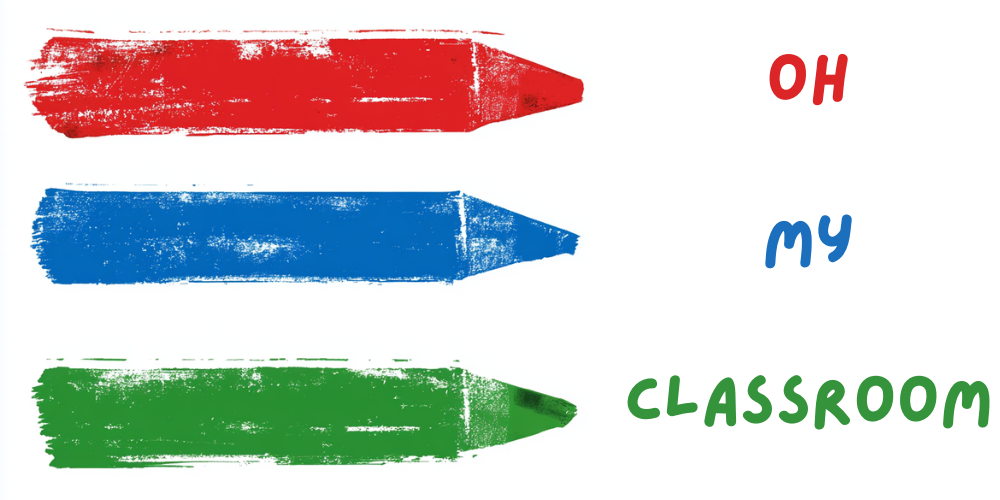Fruit salad activities are a fun and engaging way to introduce preschoolers to a variety of fruits and encourage healthy eating habits.
With its vibrant colors, delicious flavors, and nutritional benefits, fruits offer a perfect opportunity for sensory exploration and learning.
Whether it’s cutting, peeling, or arranging different fruits, these simple and enjoyable activities provide hands-on experiences that promote fine motor skills, cognitive development, and creativity.
Now, we will explore fruit salad activities for preschoolers that will not only captivate their attention but also inspire a lifelong love for fruits and healthy food choices.
Let’s dive in and embark on a fruity adventure together!
Fruit Sorting Sensory Bin:
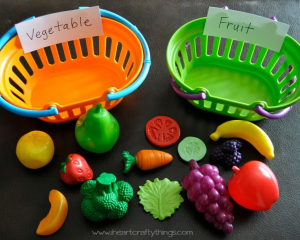
Create a sensory bin filled with a variety of fruits such as apples, oranges, grapes, and bananas. Provide small baskets or containers for the preschoolers to sort the fruits based on their colors, shapes, or types. This activity promotes fine motor skills as they pick up and sort the fruits, while also teaching them about different fruit varieties. Encourage discussions about each fruit’s characteristics, taste, and texture to enhance their sensory experience.
Fruit Tasting Party:

Organize a fruit tasting party where preschoolers can explore a wide range of fruits. Set up a table with different sliced fruits like watermelon, pineapple, strawberries, and kiwi. Allow the children to taste and discuss the flavors, textures, and preferences. This activity not only introduces them to new fruits but also encourages social interaction and language development as they describe their experiences and share their thoughts with their peers.
Fruit Salad Art:
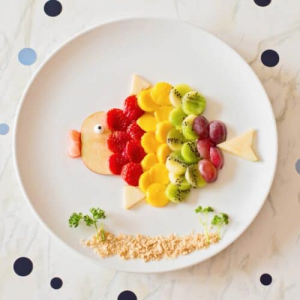
Engage preschoolers in a creative fruit salad art activity. Provide a variety of fruits, cutting boards, plastic knives, and paper plates. Encourage the children to cut the fruits into different shapes and arrange them on their plates to create colorful fruit salad artwork. This activity promotes fine motor skills, creativity, and hand-eye coordination. Display their fruit salad masterpieces around the classroom to celebrate their creativity.
Related: 20 Captivating Mirror Activities Ideas for Kids
Fruit Pattern Making:
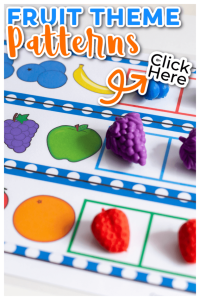
Introduce preschoolers to patterns using fruits. Give each child a set of fruits in different colors and shapes. Start by creating a simple pattern with two or three fruits, such as apple, banana, apple, banana. Then, let the children continue the pattern on their own using the provided fruits. This activity develops their pattern recognition skills, cognitive abilities, and logical thinking. Encourage them to explain their patterns to reinforce their understanding.
Fruit Salad Bar:
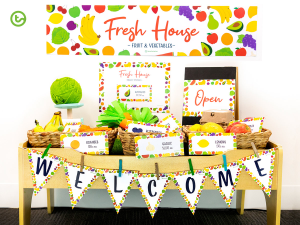
Transform your dramatic play area into a fruit salad bar. Set up a pretend counter with a variety of plastic fruits, bowls, spoons, and serving utensils. Encourage the preschoolers to take turns being the fruit salad chef, allowing them to serve their friends and pretend to mix different fruits together. This activity promotes imaginative play, and social skills, and encourages healthy food choices. Incorporate simple recipes or menu cards to inspire creativity and role-playing scenarios.
Related: 20 Interesting Letter R Activities for Preschool
Fruit Skewers:

Invite preschoolers to make their own fruit skewers. Provide a variety of fruits such as grapes, melon chunks, pineapple, and berries, along with wooden skewers or toothpicks. Guide the children to thread the fruits onto the skewers, creating colorful and tasty combinations. This activity helps develop fine motor skills, hand-eye coordination and introduces the concept of assembling food. Encourage them to share their skewer creations and discuss the different fruits they used.
Fruit Exploration Table:
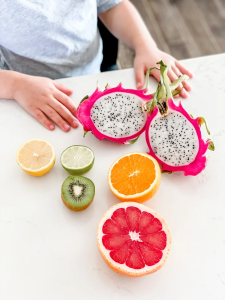
Set up an exploration table with a selection of whole fruits. Include fruits with interesting textures, such as kiwi, pomegranate, and dragon fruit. Provide magnifying glasses, spoons, and small knives for safe exploration. Encourage the preschoolers to touch, smell, and observe the fruits closely. Discuss their findings, such as the fruit’s outer appearance, the texture of the skin, or the number of seeds. This activity promotes sensory exploration, scientific observation skills, and vocabulary development.
Fruit Parfait Assembly:

Introduce preschoolers to the concept of layering by creating fruit parfaits. Provide clear cups or bowls, along with a variety of fruits, yogurt, and granola. Demonstrate how to layer the fruits, yogurt, and granola to create a visually appealing and delicious treat. Let the children assemble their own parfaits, encouraging them to experiment with different fruit combinations. This activity enhances fine motor skills, and hand-eye coordination, and teaches them about portion control and healthy snacking.
Fruit Market Role Play:
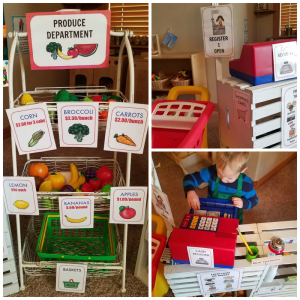
Transform a dramatic play area into a fruit market. Set up baskets of plastic fruits, pretend cash registers and shopping bags. Encourage preschoolers to take turns being the customers and the shopkeepers. They can engage in pretend buying and selling of fruits, practice counting money and develop their social and communication skills. Incorporate price tags, shopping lists, and simple money concepts to enhance their understanding of the market environment.
Fruit-themed Story Time:

Select a variety of fruit-themed books and create a cozy reading corner. Read aloud stories like “The Very Hungry Caterpillar” by Eric Carle or “Eating the Alphabet” by Lois Ehlert. After reading each story, engage the preschoolers in discussions about the fruits mentioned in the book. Encourage them to share their favorite fruits and talk about the different ways fruits can be enjoyed. This activity fosters a love for reading, and language development, and expands their knowledge about fruits.
Fruit Hunt:

Organize a fruit hunt activity where preschoolers search for specific fruits hidden around the classroom or outdoor area. Provide picture clues or verbal descriptions of the fruits they need to find. As they locate each fruit, encourage them to identify it and collect it in a basket. This activity promotes gross motor skills, and observation skills, and reinforces fruit recognition. Celebrate their success by creating a fruit salad with the collected fruits at the end of the hunt.
Fruit Patterning with Stickers:

Give each preschooler a strip of paper and a variety of fruit stickers. Instruct them to create patterns using the stickers, such as apple, banana, or orange, and repeat. They can also design their own unique patterns. This activity reinforces patterning skills, and fine motor control, and encourages creativity. Display their sticker pattern strips on a bulletin board to showcase their artistic abilities.
Fruit-themed Sensory Play:
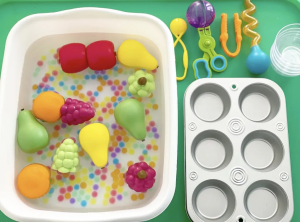
Create a fruit-themed sensory bin by filling it with rice, sand, or colored water. Add plastic fruits and utensils for scooping and pouring. Encourage the preschoolers to explore the sensory materials, pretend to cook with the fruits, or simply immerse their hands in the bin. This activity stimulates their senses, improves fine motor skills, and fosters imaginative play.
Fruit Puzzles:
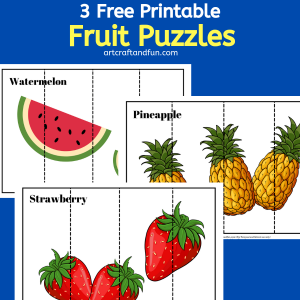
Print or draw pictures of different fruits and cut them into simple puzzle pieces. Provide the preschoolers with the puzzle pieces and guide them to assemble the fruit puzzles. As they complete each puzzle, discuss the name of the fruit, its color, and any interesting facts about it. This activity enhances problem-solving skills, and hand-eye coordination, and reinforces fruit recognition.
Fruit Salad Bar Graph:
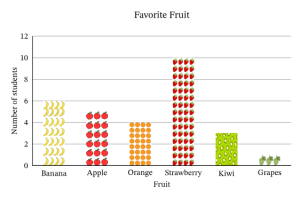
Create a bar graph activity using pictures or cut-outs of various fruits. Give each preschooler a piece of graph paper and instruct them to place the fruit pictures along the bottom of the paper. Then, have them count and record the number of each fruit they have in a bar graph format. This activity introduces basic graphing skills, and numerical representation, and reinforces counting concepts. Discuss the results as a group, comparing and contrasting the quantities of different fruits.
Fruit Printing:

Engage preschoolers in a fun and artistic activity using fruit as printing tools. Cut fruits such as apples, lemons, or oranges in half, creating natural stamps. Provide washable paint and large sheets of paper. Encourage the children to dip the fruit halves in paint and press them onto the paper to create fruit-shaped prints. This activity stimulates creativity, and fine motor skills, and allows the children to explore textures and colors.
Fruit Scented Playdough:
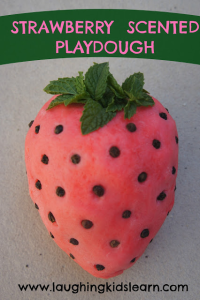
Make fruit-scented playdough by adding fruit extracts or essences, such as strawberry or lemon, to a basic playdough recipe. Provide various fruit-shaped molds, cookie cutters, and rolling pins. Encourage the preschoolers to use the play dough to create fruit shapes, imprints, and sculptures. This activity enhances sensory play, and fine motor skills, and introduces them to different fruit scents.
Fruit Freeze Pops:
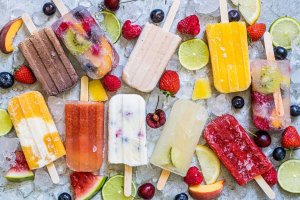
Cool down on a hot day by making fruit freeze pops with the preschoolers. Blend fruits like watermelon, berries, or mango with a little water or juice. Pour the mixture into small popsicle molds and insert sticks. Place the molds in the freezer until the fruit pops are frozen. Once ready, enjoy the refreshing and healthy frozen treats together. This activity introduces basic cooking skills, encourages healthy snacking, and teaches the concept of freezing.
Fruit Memory Game:
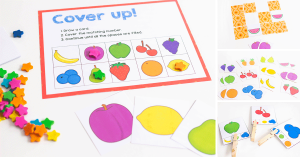
Create a fruit-themed memory game by printing or drawing pairs of fruit cards. Turn all the cards face down and encourage the preschoolers to take turns flipping over two cards at a time, trying to find matching pairs. This activity improves memory skills, and concentration, and reinforces fruit recognition. To make it more challenging, increase the number of cards or introduce additional fruit varieties.
Fruit Relay Race:
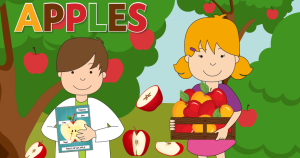
Organize a fruit-themed relay race where preschoolers engage in fun physical activities. Divide the children into teams and assign each team a fruit name, such as Team Apple, Team Orange, etc. Set up stations with different activities, such as hopping like a kangaroo while holding a plastic apple or balancing a plastic orange on a spoon. Each team member completes a task before passing it on to the next teammate. This activity promotes gross motor skills, and teamwork, and adds an element of friendly competition while incorporating fruit themes.
